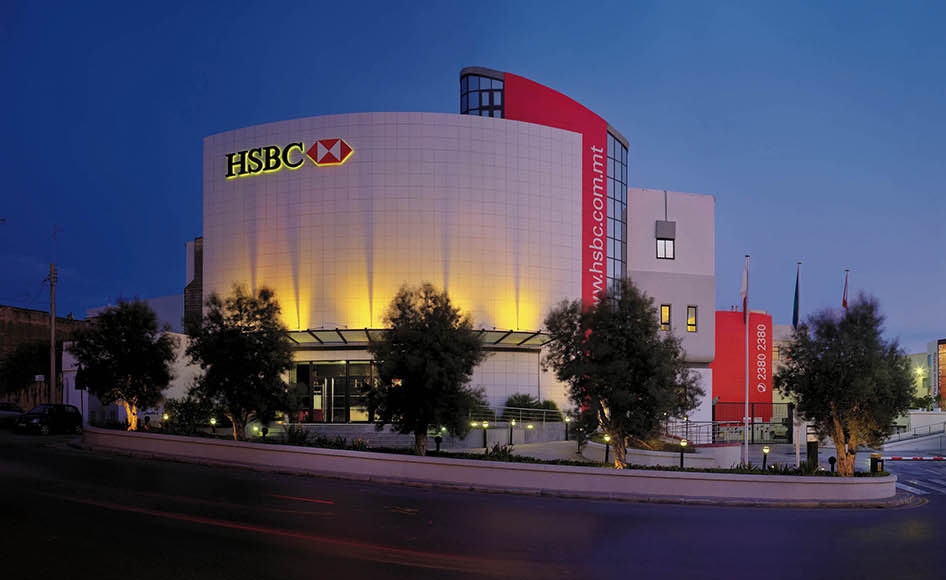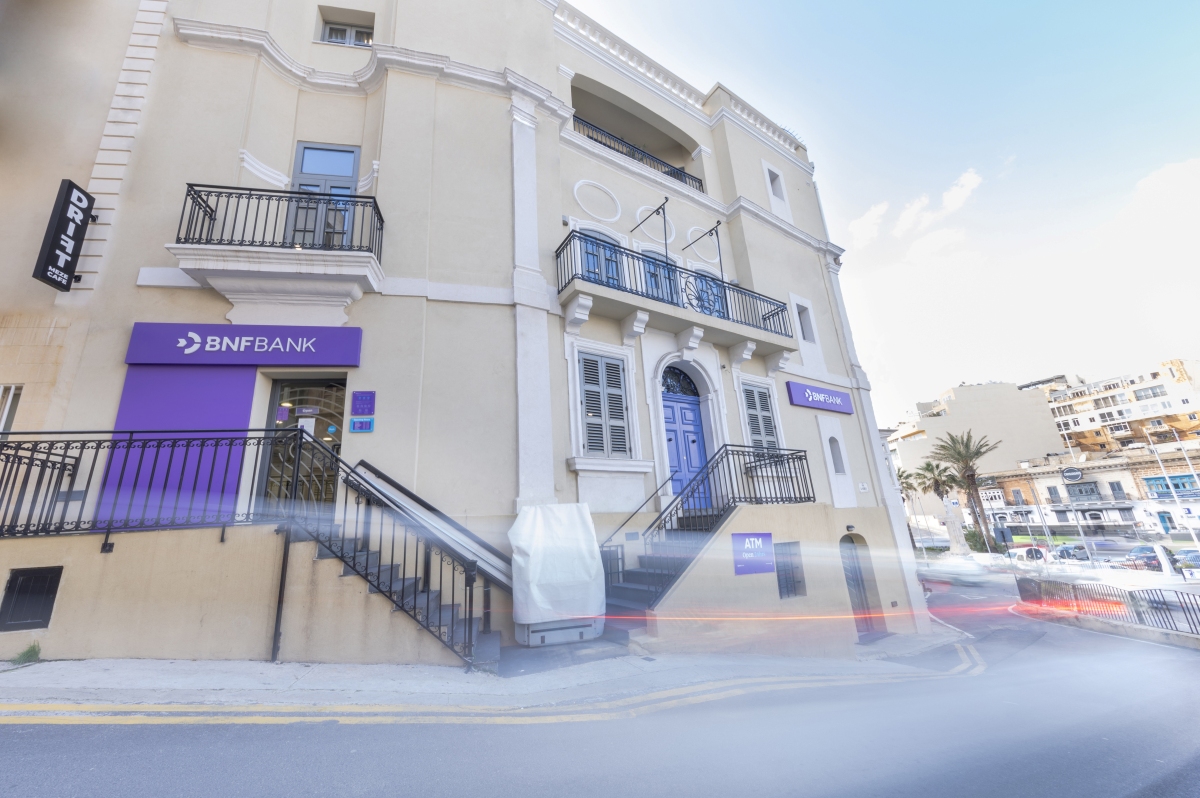Malta’s economy expanded by three per cent in real terms during the first quarter of 2025 compared to the same period last year, according to the Central Bank of Malta’s latest quarterly review. Growth was mainly fuelled by domestic demand, although its contribution was more balanced when adjusted for imports.
Despite this economic expansion, the output surplus – the gap between actual and potential output – narrowed to 0.6 per cent from one per cent in Q4 2024. This indicates a slight easing in the over-utilisation of the country’s productive capacity. Potential output growth also edged lower, estimated at 4.5 per cent compared to 4.7 per cent in the preceding quarter.
Economic sentiment and uncertainty ease
The bank’s Business Conditions Index (BCI) declined slightly during the quarter, though it still signalled growth above the long-term average. This drop was primarily due to a fall in residential building permits and specific tax revenues, alongside slower growth in GDP and industrial production.
Meanwhile, economic uncertainty showed a notable improvement. The Economic Policy Uncertainty (EPU) index dropped to an average of 89.1 – well below both the previous quarter’s 108.4 and the historical average of 100. While international developments such as geopolitical tensions and future trade policy uncertainty played a role, domestic debates over Malta’s long-term economic vision and demographic changes also contributed.
Labour market remains tight
Malta’s labour market continued to show strength, with employment rising by 4.3 per cent year-on-year. The unemployment rate hit a new low, remaining well beneath the euro area average. However, the job vacancy rate dipped slightly, even as the overall labour market tightness indicator remained high and increased marginally.
At the same time, unit labour costs (ULCs) rose by 6.1 per cent on a four-quarter moving average basis, reflecting productivity-related developments.
Inflation inches up but remains close to ECB target
Inflation rose during the first quarter, with annual HICP inflation reaching 2.1 per cent in March, up from 1.8 per cent in December 2024. The increase was driven by higher prices for non-energy industrial goods and food. Retail Price Index (RPI) inflation – which focuses on Maltese residents – also rose significantly, from 1.1 per cent to 2.1 per cent.
Nonetheless, indicators for non-labour costs were mixed. The industrial producer price index remained negative at -0.5 per cent, and other measures such as the domestic producer price index and import deflator moved sideways. Notably, the construction cost index for new residential buildings rose by 2.3 per cent, almost double the increase recorded in the previous quarter.
Malta’s external balance improved during the first quarter, with the current account surplus widening on the back of higher net service receipts and secondary income inflows. This outweighed a larger merchandise trade deficit and increased net outflows in the primary income account. On a four-quarter moving sum basis, the surplus amounted to 6.0 per cent of GDP.
Government finances improve, debt ratio rises
The general government balance returned to a surplus in Q1 2025, contrasting with a deficit recorded during the same period in 2024. The deficit ratio on a four-quarter moving sum basis narrowed to 3.1 per cent of GDP, down from 3.7 per cent at the end of last year.
However, the general government debt-to-GDP ratio climbed to 48.1 per cent from 47.4 per cent, reflecting increased public borrowing.
Financial conditions remain loose
Deposits held by households and non-financial corporations grew at a faster annual pace in March, while credit to residents also picked up, driven by loans to both government and private sectors. The bank’s Financial Conditions Index (FCI) suggested financing conditions remained historically loose, although less so than in Q4 2024.
The spread between average deposit and lending rates narrowed to 292 basis points, down from 317. The average household and business deposit rate declined to 2.14 per cent, while the lending rate dropped to 3.15 per cent.
Meanwhile, primary market yields on Treasury bills declined, but secondary market yields on five- and ten-year Malta Government Stocks (MGS) increased, alongside a rise in the MSE Equity Price Index.
Global backdrop
Internationally, the global economy was shaped by trade tensions and diverging regional trends. The United States experienced a slight contraction in GDP, largely due to weaker net exports and government consumption, despite strong private investment and steady employment growth.
Conversely, the euro area and United Kingdom showed signs of recovery. Inflation dynamics varied: inflation eased in the US and euro area but edged higher in the UK. Both the Bank of England and ECB lowered interest rates during the quarter, while the Federal Reserve held steady.
Commodity prices moderated, with Brent crude and European natural gas prices falling amid declining demand and geopolitical uncertainty.
While Malta’s economy continues to grow steadily, signs of moderation are emerging. With inflation near target, uncertainty declining, and labour markets remaining robust, policymakers will likely maintain a cautious stance. The narrowing output surplus and elevated unit labour costs could warrant close monitoring in the coming quarters, particularly if external demand slows further.
Gozo Business Chamber proposes 40–60% cashback digitalisation incentive scheme for SMEs
The Chamber is also proposing a €3,000 annual wellbeing support scheme for micro enterprises
BNF Bank reports resilient first-half 2025 results
Despite challenges from its core banking system overhaul, BNF Bank closed H1 2025 with growth
Government finances slip into €518m deficit as expenditure outpaces revenue growth
Total government expenditure for the same period rose to €4.62 billion, an increase of €592 million year-on-year






